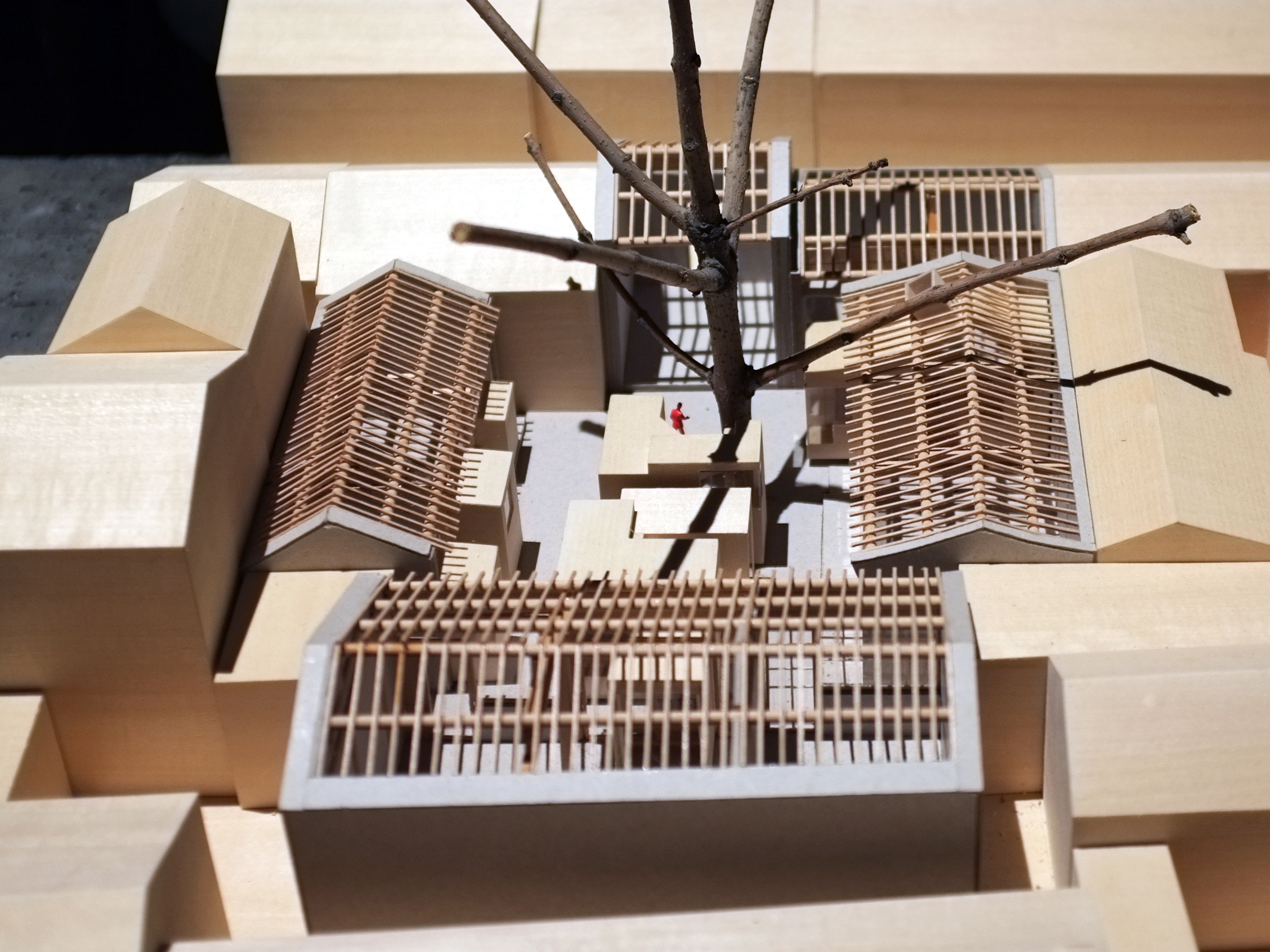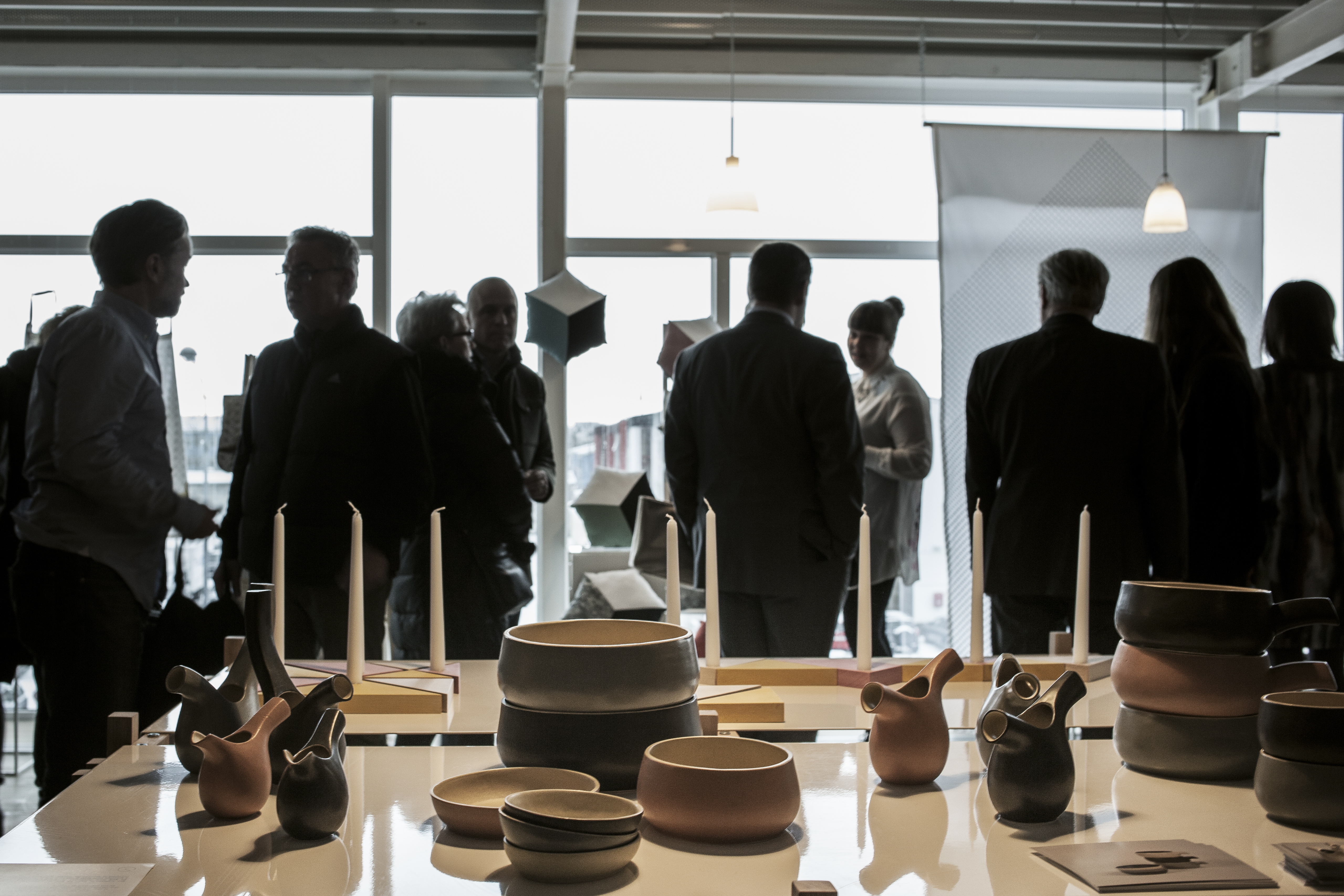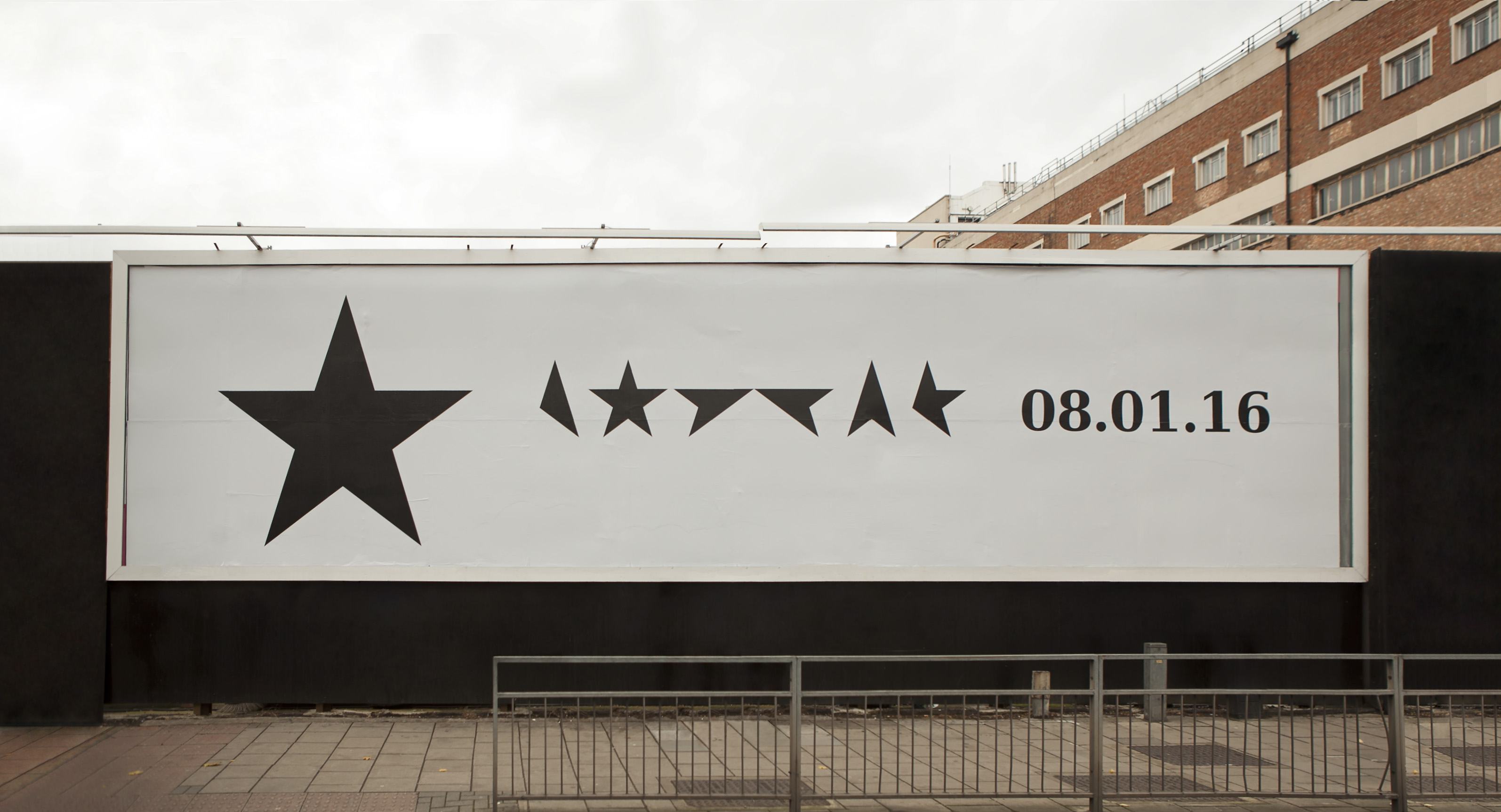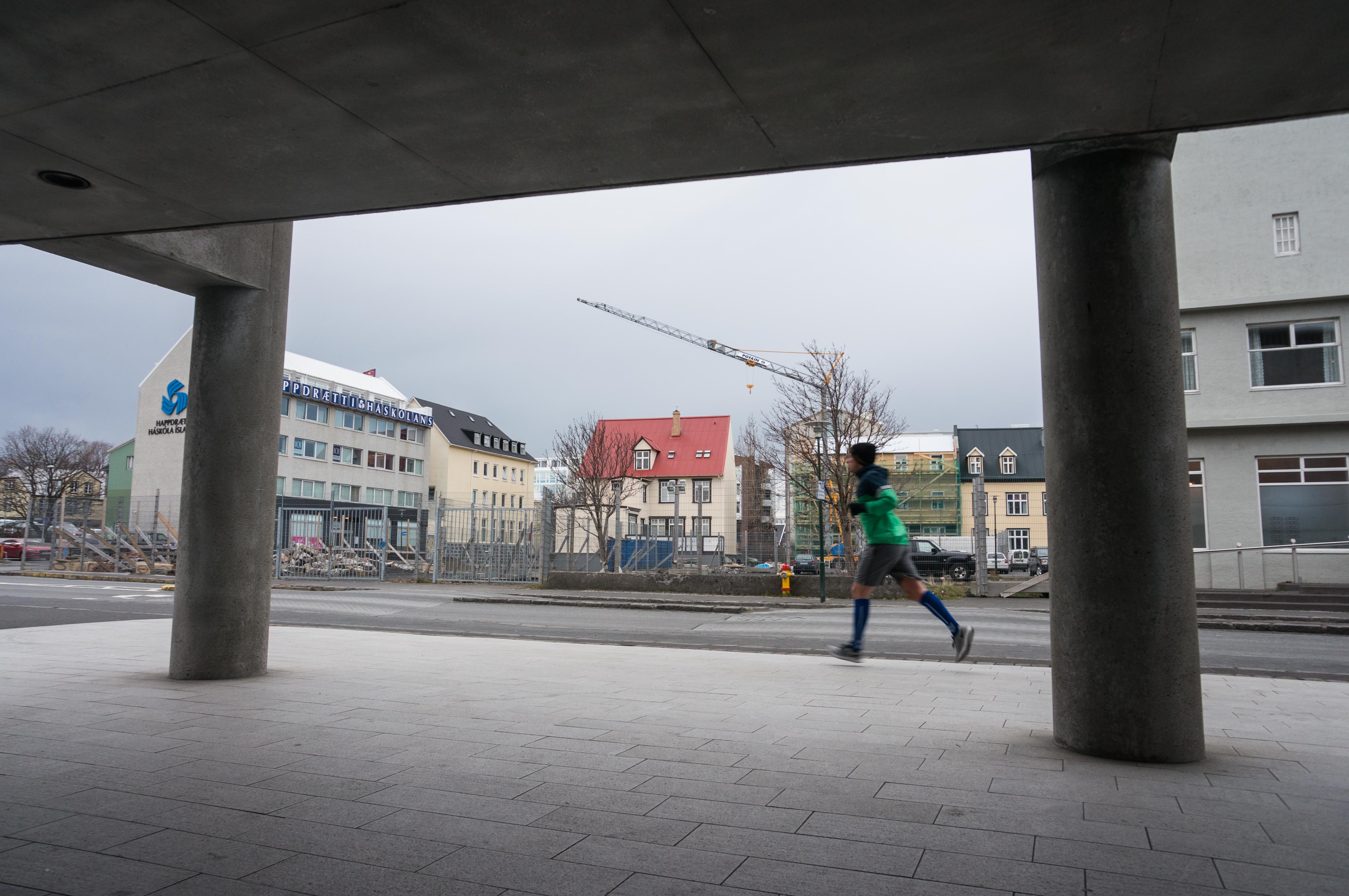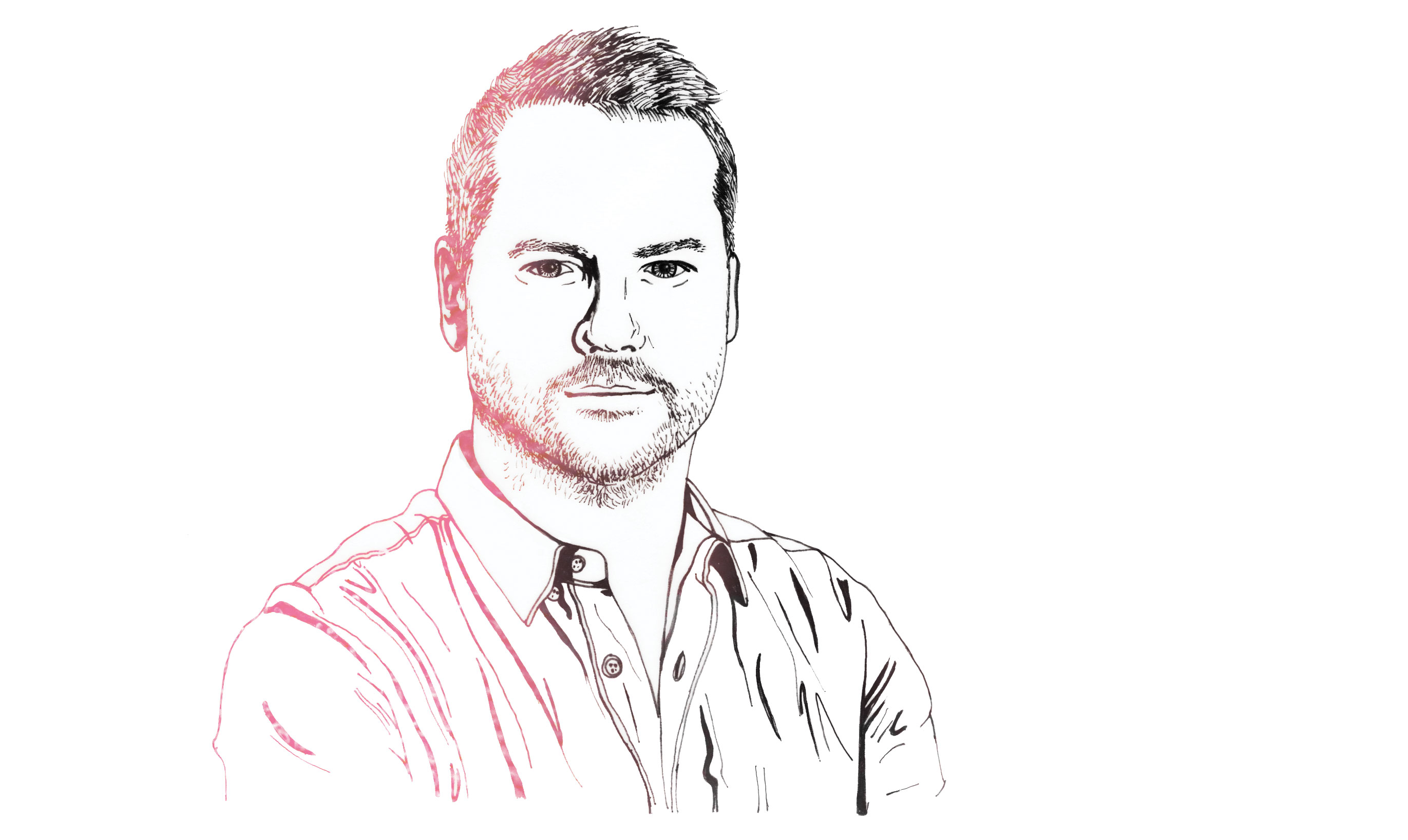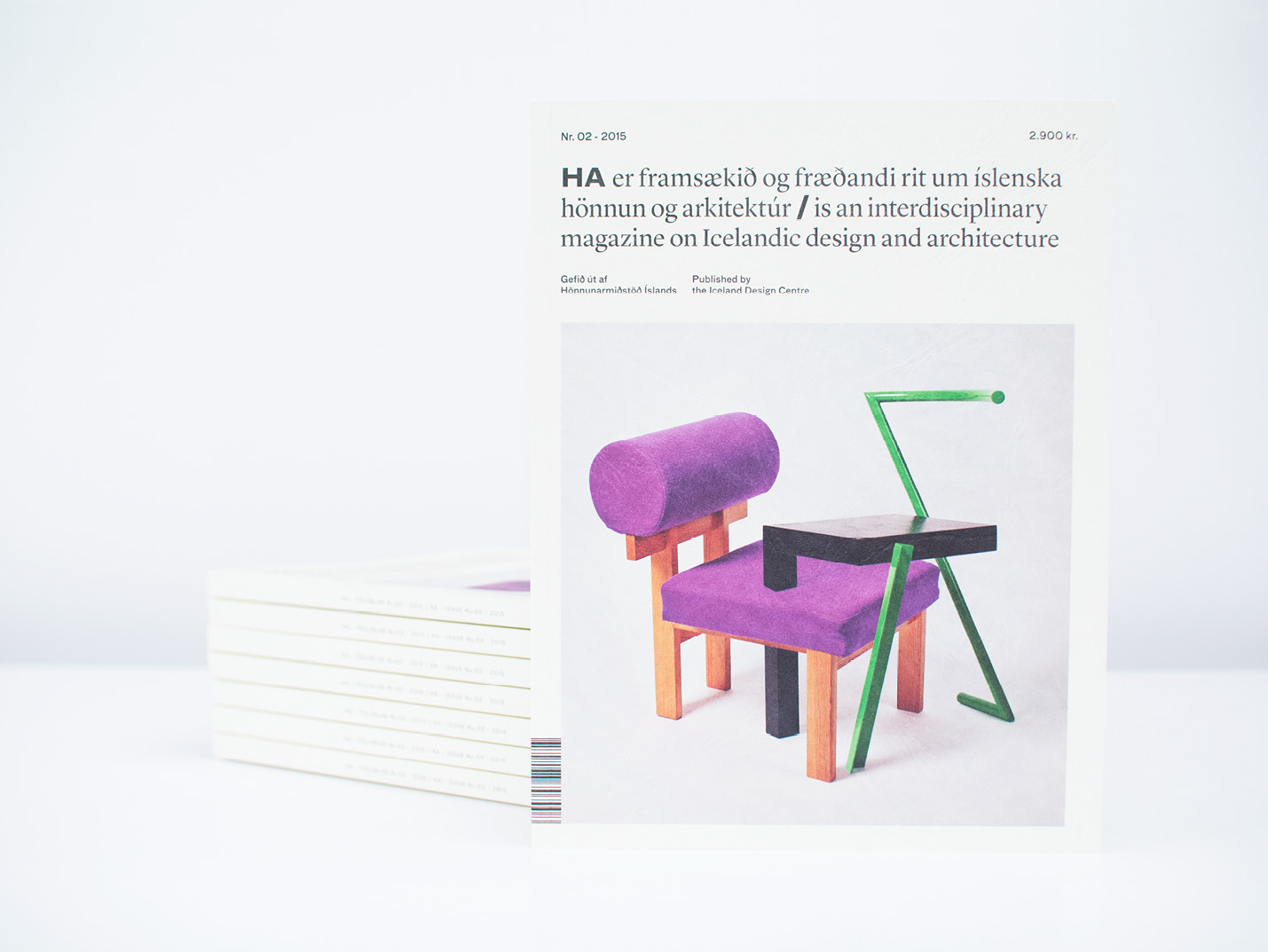Biennale report #2 – Social Sustainability
—
The potential for architecture to engage with the community
Architects Sigrún Sumarliðadóttir, Mark Smyth and Giambattista Zaccariotto, give us an insight into some of the highlights of the 15th Biennale of Architecture in Venice 2016. Globalisation has separated the general public from the perceived architectural elite. The role of the architect, in some cases, needs to broaden to look beyond the object (building) to the economical and social interventions required to better serve a community. One of the main emphasis of the curator Aravena this year is a focus of architectures role in improving the quality of daily life by improving the quality of the built environment and reconnecting with the users/citizens (what Aravena calls “the civil society”) that are often excluded from the process of its making. Improving the quality of daily life of people is a complex affair and the solution or intervention required can be a new physical object in the landscape but not necessarily, in other cases slight changes in the existing can be enough or even just encouraging changes in behaviour, breaking the vicious circle of the status quo/business as usual. Below are …

